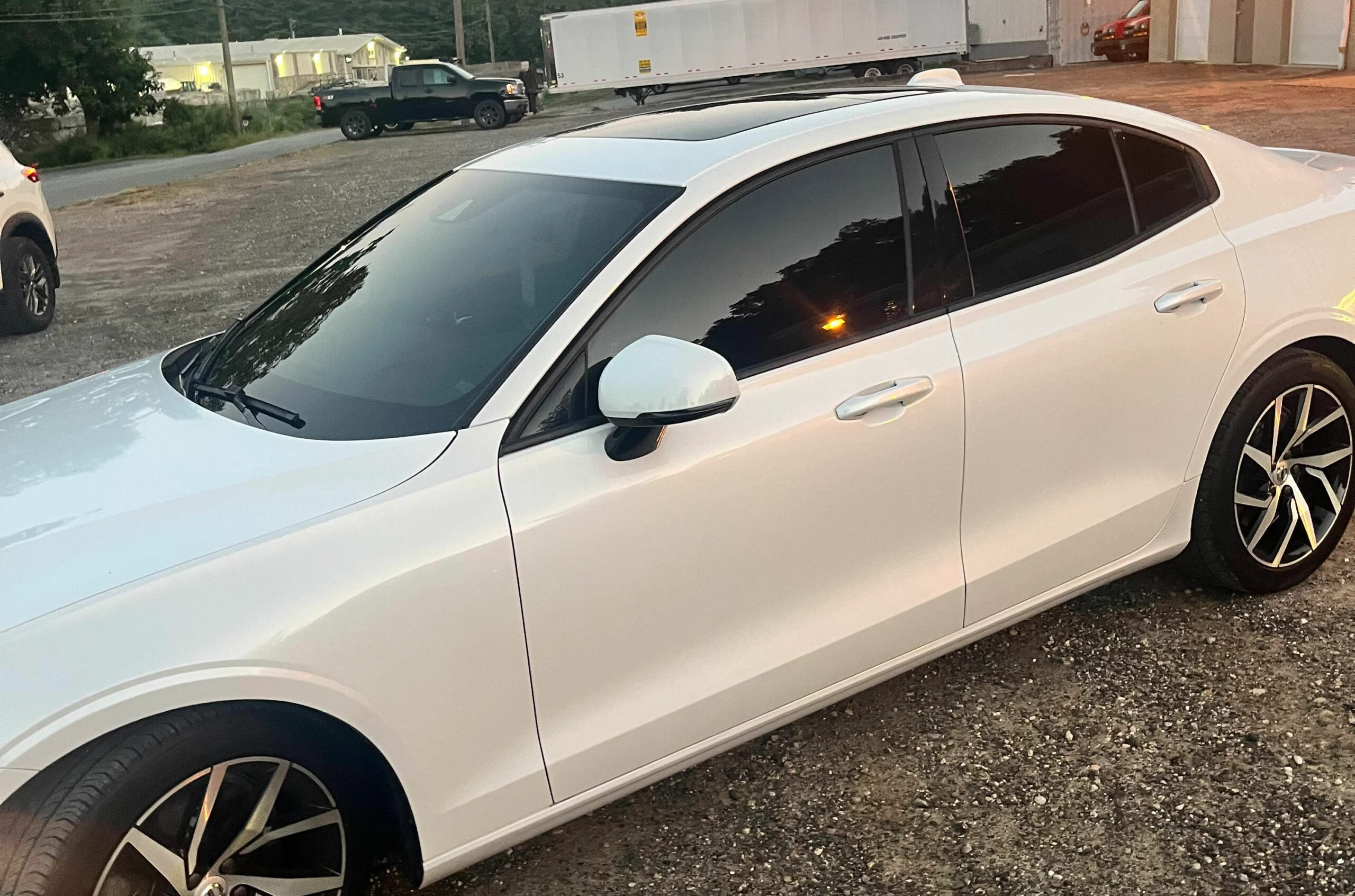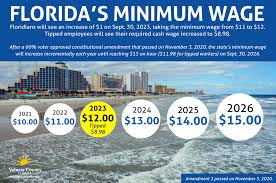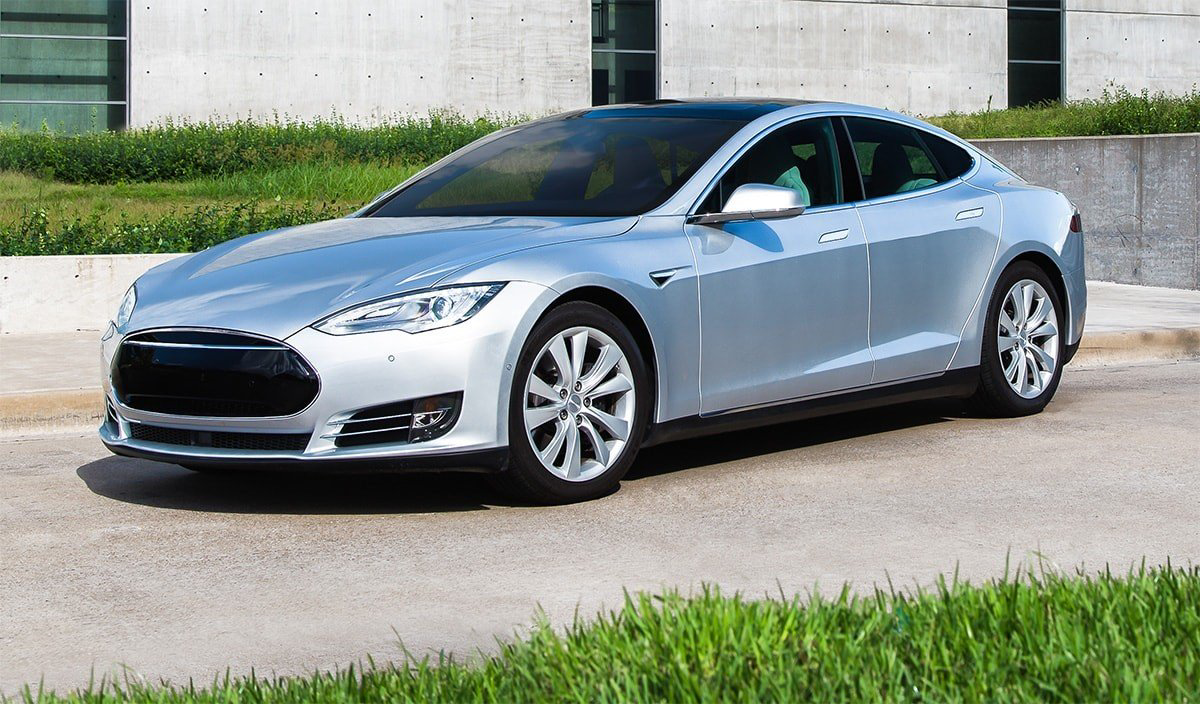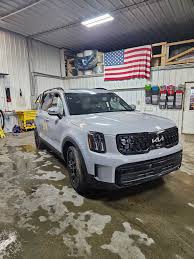When it comes to customizing vehicles, one popular choice among car owners is window tinting. It not only enhances the vehicle’s appearance but also provides privacy and protects against harmful UV rays. However, it’s crucial to understand the laws surrounding window tinting, especially in Florida, where regulations can be quite strict. So, what is the darkest legal tint in Florida? Let’s dive deep into this topic to help you understand everything you need to know!
Understanding Window Tinting
Before we get into the specifics of the darkest legal tint in Florida, let’s talk about what window tinting actually is. Window tinting involves applying a thin film to your vehicle’s windows to reduce the amount of sunlight that comes through. This film can vary in darkness and color, and it’s measured by something called Visible Light Transmission (VLT). VLT is simply a percentage that indicates how much light can pass through the film and the window.
For instance, a window with a VLT of 70% allows 70% of light to come in, while a window with a VLT of 5% allows only 5% of light to pass through. The lower the percentage, the darker the tint. Now, let’s get back to our main question: what is the darkest legal tint in Florida?
Florida’s Tinting Laws
In Florida, the laws regarding window tinting are designed to ensure safety for both drivers and pedestrians. These regulations specify the maximum allowable VLT for various windows in a vehicle. Here’s a breakdown of the tinting laws in Florida:
- Windshield: The front windshield must allow more than 28% VLT, which means that at least 28% of light must be able to pass through. However, a non-reflective tint can be applied to the top strip of the windshield, as long as it doesn’t go down more than five inches from the top.
- Front Side Windows: For the front side windows, the maximum allowable tint is also 28% VLT. This means that these windows must allow at least 28% of light to pass through as well.
- Back Side Windows: For the rear side windows, Florida law does not have a specific VLT requirement. This means you can go darker with your tint, but it’s essential to ensure that your vehicle can still be safely operated.
- Rear Window: Similar to the back side windows, there are no restrictions on the darkness of the rear window tint. However, if you choose a very dark tint, you should be cautious while driving at night.
What is the Darkest Legal Tint in Florida?
Now that we’ve covered the general laws, we can answer the question directly: the darkest legal tint in Florida is 5% VLT for the back side and rear windows, while the front side windows and windshield must be at least 28% VLT. This means that while you can enjoy darker tints on the back of your vehicle, you still need to comply with the rules for the front windows to ensure your safety and the safety of others on the road.
Benefits of Window Tinting
You might wonder why so many people choose to tint their windows, even with the regulations in place. Here are some of the key benefits of window tinting that you should know about:
1. UV Protection
One of the most significant advantages of window tinting is its ability to block harmful UV rays. These rays can cause skin damage and increase the risk of skin cancer. A good quality window tint can block up to 99% of these harmful rays, making it a wise choice for anyone concerned about their health.
2. Heat Reduction
Another major benefit is the reduction of heat inside your vehicle. Window tints can help keep the interior cooler, which is especially important in sunny Florida. By reducing the heat, you can save on air conditioning costs and make your driving experience much more comfortable.
3. Privacy and Security
Tinted windows provide an extra layer of privacy. Whether you’re parked or driving, window tinting can keep prying eyes away from your belongings. This added privacy can also deter potential thieves, as they may think twice about breaking into a vehicle if they cannot see what’s inside.
4. Enhanced Appearance
Aesthetically, window tinting can give your vehicle a sleek and polished look. Many people appreciate how tinted windows can enhance the overall style of their car. It can also help conceal any imperfections or damages in the windows.
5. Glare Reduction
Driving can be challenging when the sun is glaring in your eyes. Window tinting can help reduce glare, making it easier to see the road ahead. This can enhance your safety and comfort, especially during bright sunny days.
Choosing the Right Tint for Your Vehicle
If you’re considering window tinting, it’s essential to choose the right type for your needs. There are various types of window tints available, including:
1. Dyed Window Film
This is one of the most common types of window tint. It involves a layer of dye that absorbs heat and reduces glare. Dyed window films can provide a sleek appearance and are often less expensive than other types.
2. Metalized Window Film
This type of tint contains metal particles that reflect heat away from your vehicle. Metalized films can be more durable and provide better UV protection than dyed films. However, they may interfere with electronic signals, which can be a downside.
3. Ceramic Window Film
Ceramic films are among the highest quality options available. They provide excellent UV protection, heat reduction, and do not interfere with electronic signals. Although they can be more expensive, many consider them worth the investment for their performance.
4. Carbon Window Film
Carbon films offer a good balance of heat reduction and appearance. They are less reflective than metalized films and provide excellent UV protection. They are also more durable than dyed films, making them a great option for many drivers.
Installation Process
Getting your windows tinted is an essential process that requires proper installation. Here’s a brief overview of what to expect:
- Choosing a Professional Installer: It’s crucial to select a reputable installer who understands Florida’s tinting laws. Research local businesses and read reviews to find a trusted professional.
- Consultation: A good installer will discuss your needs and recommend the best type of tint for your vehicle. They’ll explain the benefits and drawbacks of each option.
- Preparation: The installer will clean your windows thoroughly to ensure that the tint adheres properly. Any dirt or debris can affect the quality of the installation.
- Application: The installer will carefully apply the tint film to your windows, ensuring that it is smooth and free of bubbles. This step requires skill, as uneven application can lead to a poor appearance.
- Curing Time: After the installation, it’s essential to allow the tint to cure properly. This may take a few days, during which you should avoid rolling down your windows.
Common Misconceptions About Window Tinting
Despite the numerous benefits of window tinting, there are some misconceptions that people often have. Let’s clear up a few of these myths:
1. All Tints Are Illegal
Many people think that any type of window tint is illegal, but this is not true. As long as you comply with Florida’s tinting laws, you can legally tint your windows.
2. Darker Tint Means More Privacy
While darker tints do offer more privacy during the day, it’s essential to remember that they can also reduce visibility at night. This can make driving more dangerous, so it’s crucial to find a balance between privacy and safety.
3. Tinting Will Ruin My Windows
Some people worry that window tinting will damage their windows. However, when done correctly by a professional, tinting can actually protect your windows from scratches and shattering.
4. Tinting Is Expensive
While high-quality window tinting can be an investment, there are options available at various price points. It’s essential to weigh the benefits against the costs to determine what works for you.
Conclusion
In summary, understanding what is the darkest legal tint in Florida is essential for anyone considering window tinting. Remember that while you can enjoy darker tints on the back side and rear windows, the front side windows and windshield have specific VLT requirements to ensure safety on the road.
The benefits of window tinting are numerous, from UV protection and heat reduction to enhanced privacy and appearance. If you decide to go ahead with window tinting, be sure to choose a reputable installer and the right type of film for your needs. By following Florida’s regulations and making informed choices, you can enjoy all the advantages that window tinting has to offer while staying within the law.





